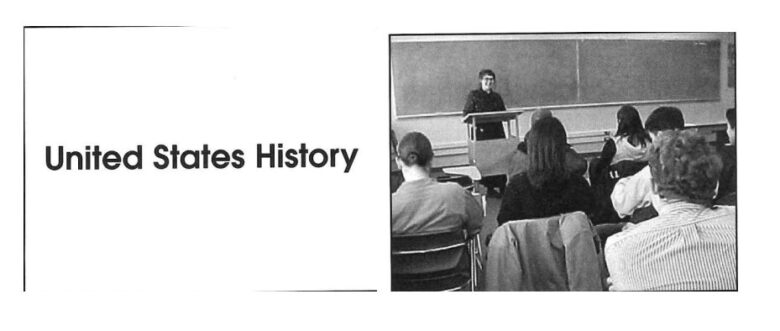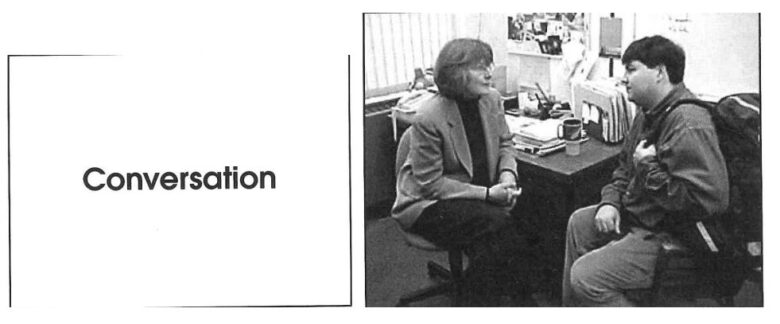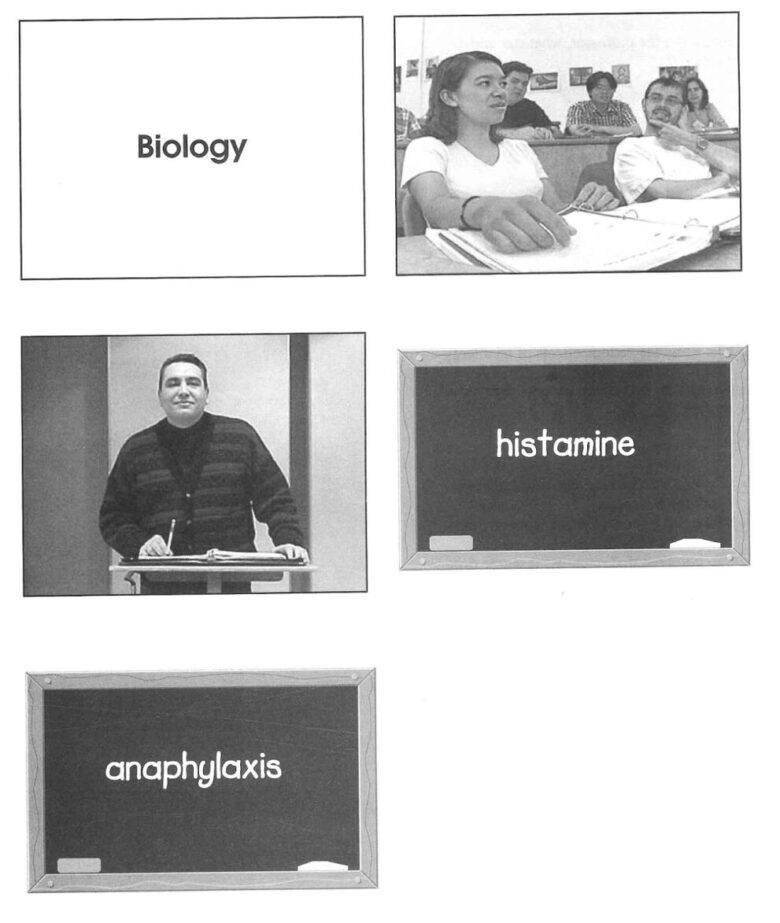TOEFL IBT Listening Practice Test 10 from Delta’s Key to the Next Generation TOEFL Test
Listening Section Directions
The Listening section measures your ability to understand conversations and lectures in English. You will hear each conversation and lecture only one time. After each conversation or lecture, you will hear some questions about it. Answer the questions based on what the speakers state or imply.
You may take notes while you listen. You may use your notes to help you answer the questions. In some questions, you will see this icon: . This means that you will hear, but not see, part of the question.
Some questions have special directions, which appear in a gray box. Most questions are worth one point. If a question is worth more than one point, the directions will indicate how many points you can receive. You will now begin the first part of the Listening section.
TOEFL IBT Listening Practice Test 10 from Delta’s Key to the Next Generation TOEFL Test Audio
https://www.youtube.com/watch?v=vC02VYu6Axs
QUESTIONS 1-5
1. Why does the student go to see his adviser?
(A) To find out if he can change one of his classes
(B) To ask her for a letter of recommendation
(C) To check the time of his registration appointment
(D) To learn if he still has required courses to take
2. Why does the adviser say this:
(A) To invite the student to attend a meeting with her
(B) To let the student know that she will have to leave soon
(C) To announce that she will be speaking at a meeting
(D) To explain why she cannot help the student right now
3. What does the student want to do next year?
(A) Change his major field of study
(B) Study at the university
(C) Work as a weather forecaster
(D) Become a professional golf player
4. In which subject areas must the student take courses next semester?
Click on two answers.
A. Social science
B. Natural science
C. Humanities
D. Physical education
5. What does the student imply about golf?
A. Golf is his favorite leisure activity.
B. He enjoys playing golf with his boss.
C. He would like to know more about golf.
D. He has never played golf before.
QUESTIONS 6-11
6. What is the lecture mainly about?
A. The components of the immune system
B. Why some people are immune from disease
C. A severe type of immune response
D. Dangers of different types of shock
7. According to the professor, what can initiate anaphylaxis?
Click on two answers.
A. Alcohol
B. Bee venom
C. Peanuts
D. A virus
8. Why does the professor tell a story about a little girl at a birthday party?
(A) To find out which students have children
(B) To frighten the class with facts about bees
(C) To change the topic of the discussion
(D) To stress the serious effects of an allergy
9. Listen again to part of the lecture. Then answer the question.
Why does the professor say this:
(A) To stress the mysterious nature of severe immune responses
(B) To argue that anaphylaxis is mainly the result of bad luck
(C) To point out that scientists disagree over what causes allergies
(D) TO suggest that people are crazy to eat offending substances
10. The professor describes what happens during anaphylactic shock. Indicate whether each sentence below is a step in the process.
For each sentence, click in the correct box.
| Yes | No | |
| The chest feels tight and breathing is difficult. | ||
| The face and throat begin to swell. | ||
| Fatty particles attach to the walls of blood vessels. | ||
| The body releases histamine into the bloodstream. | ||
| The blood pressure rises dangerously high. |
11. What can be inferred about surviving anaphylaxis?
(A) It is impossible for children to survive anaphylaxis.
(B) Only a few people have ever survived anaphylaxis.
(C) Survival depends on immediate medical treatment.
(D) The professor knows someone who survived the disease.
QUESTIONS 12-17

12. What is the talk mainly about?
(A) American farm life in the early twentieth century
(B) The history of a successful business innovation
(C) Differences between the rural and urban way of life
(D) The effects of mail-order catalogs on rural America
13. How did the mail-order business begin?
(A) A businessman sent a catalog to a large number of farmers.
(B) The railroads started delivering goods to isolated rural areas.
(C) The post office added new services to promote ordering by mail.
(D) A group of farmers organized a method of cooperative buying.
14. Why does the professor mention Rural Free
Delivery and Parcel Post?
(A) To give examples of early mail-order houses
(B) To compare the benefits of two different types of services
(C) To explain how these services helped the mail-order business
(D) To describe the origins of the concept of customer service
15. According to the professor, what two factors led to the similarity of goods available nationwide?
Click on two answers.
A. The mass production of goods
B. The wide distribution of catalogs
C. The growing interest in regional styles
D. The desire to copy designer fashions
16. What does the professor mean when she says this:
A. Immigrants were required to buy a textbook to learn English.
B. Most of the people who used mail-order catalogs were immigrants.
C. The Sears catalog taught immigrants about American culture.
D. People immigrated to America for its economic opportunities.
17. Based on the information in the talk, would the professor most likely agree or disagree with each statement below?
For each sentence, click in the correct box.
| Agree | Disagree | |
| Nineteenth-century farm families had the same cultural opportunities as city residents. | ||
| Mail-order companies changed the lives of farm families across the country. | ||
| Clothing ordered from mail-order catalogs was more fashionable than clothing bought in department stores. | ||
| The Sears catalog provided an important illustration of American life. |



